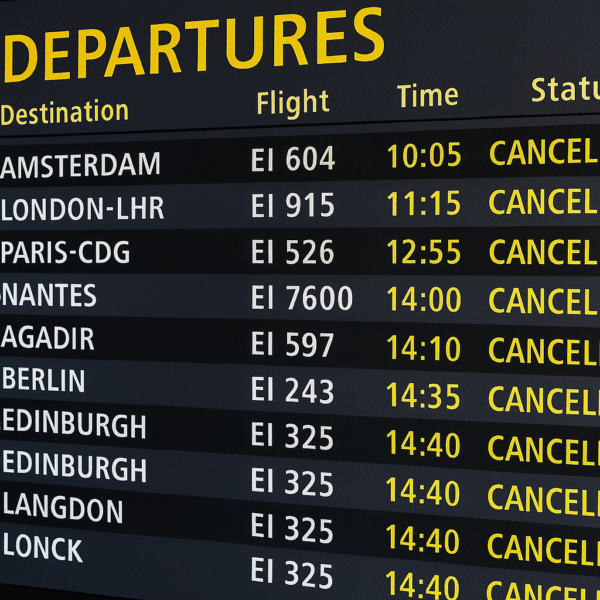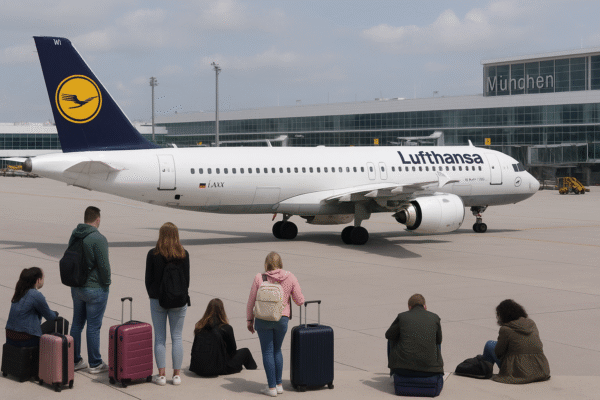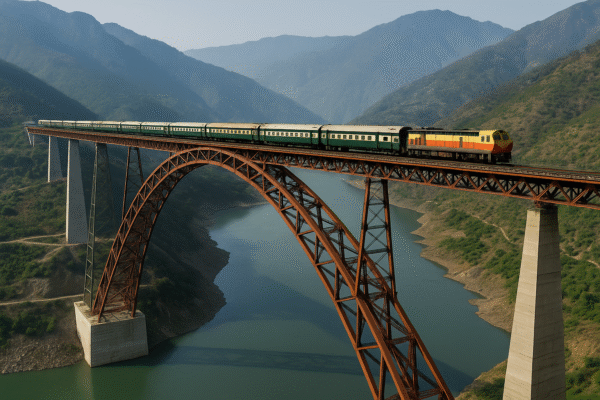The Jammu–Srinagar direct train service is set to begin by the end of October. This long-awaited link will transform connectivity across the Kashmir Valley.
The service forms part of the Udhampur–Srinagar–Baramulla Rail Link (USBRL). The 272-kilometer project has been declared a national priority. For decades, seamless rail connectivity in the region remained a dream. That dream now moves close to reality.
Final Preparations Underway
The launch depends on the final completion of Jammu railway station upgrades. Construction delays pushed the schedule by three weeks. Work is now nearing completion.
Once infrastructure tasks are finished and clearances granted, trains will run directly between Jammu and Srinagar. The timing coincides with the busy winter season, when many tourists travel to the Valley.
Officials confirm that trial runs are already successful on several sections. Engineers are focused on ensuring safety and smooth operations before the official inauguration.
Engineering Marvel in the Himalayas
The USBRL project showcases India’s engineering strength. It includes the Chenab Rail Bridge, the world’s tallest railway bridge. The project also features long tunnels, high viaducts, and complex mountain alignments.
Steep terrain and harsh weather challenged workers for years. Yet determination and technology carried the project forward. The outcome will stand as one of India’s greatest railway achievements.
The Chenab Bridge alone symbolizes the triumph of skill and innovation. It links difficult sections and ensures continuity across unforgiving landscapes.
Tourism Set for a Major Boost
Direct rail service means easier access to the Valley. Tourists will save time and enjoy safer travel. Many currently rely on winding highways prone to closures.
With trains running directly, domestic and international tourists will find visiting Kashmir more convenient. Travel agencies, hotels, and resorts anticipate strong growth. Tour operators will benefit from smoother logistics, opening opportunities for new travel packages.
Winter tourism, including skiing in Gulmarg and snow treks, will gain from reliable transport. Summer attractions such as Dal Lake and Pahalgam will also see larger crowds.
Strengthening Trade and Commerce
The Kashmir Valley thrives on horticulture. Apples, walnuts, and saffron define its economy. Transporting these goods quickly to national markets remains critical.
The direct train will cut travel times and protect product quality. Farmers and traders will gain better prices and stronger supply chains. This improvement could reshape the horticultural market, boosting exports within India.
Beyond horticulture, other businesses will also benefit. Local crafts like pashmina, carpets, and papier-mâché goods can reach wider markets more efficiently.
Social and Cultural Impact
The train service offers more than economic value. It strengthens ties between Kashmir and the rest of India. Students, professionals, and families will find travel easier.
Improved transport enables smoother cultural exchange. Festivals, educational events, and professional conferences become more accessible. The Valley will no longer feel as distant from major cities.
The project enhances social mobility. It opens doors for careers, education, and family connections previously limited by long travel times.
Government’s Vision for Connectivity
The USBRL was declared a national project in 2002. Successive governments prioritized its completion due to its strategic and economic importance.
Authorities highlight the project as a symbol of national integration. It brings the Valley closer to the mainstream economy while securing transport links in sensitive terrain.
Officials also view the project as vital for defense logistics. Reliable rail connectivity adds strength to the region’s infrastructure during emergencies.
Anticipation Among Locals
Communities in Jammu and Kashmir have awaited this day for years. Many express excitement about shorter, safer travel. Traders hope for easier market access. Families look forward to reunions without long road journeys.
Local businesses already prepare for increased demand. Restaurants, transport operators, and guesthouses anticipate rising traffic once the service begins.
The psychological impact matters too. Residents feel included in national progress, seeing infrastructure finally meet their long-standing needs.
A Catalyst for Growth
The Jammu–Srinagar direct train is more than transport. It represents opportunity, progress, and hope and will drive tourism, empower trade, and fuel economic growth.
It will also improve education and healthcare access. Students can travel to universities with ease. Patients will reach advanced hospitals faster.
The service stands as a catalyst for the Valley’s integration with the rest of the country. Connectivity promises stability and prosperity for the region.
Conclusion
By the end of October, the Valley enters a new era. The Jammu–Srinagar direct train will finally run, completing a decades-long vision.
Tourists will explore Kashmir more easily. Traders will transport produce with greater efficiency. Families will travel safely and comfortably.
The USBRL, with its record-breaking bridges and tunnels, is a global engineering milestone. Its success redefines connectivity in mountainous terrain.
This launch marks more than a project’s completion. It is a symbol of progress, integration, and opportunity. The train promises to reshape the Valley’s future, connecting hearts, markets, and cultures in one seamless journey.
For more travel news like this, keep reading Global Travel Wire

















